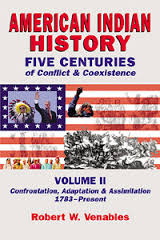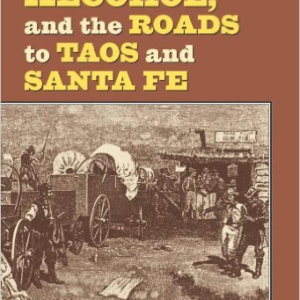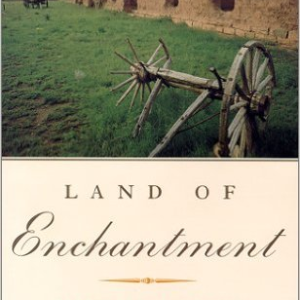Description
American Indian History chronicles the dynamic process of interaction among Indian nations, Europeans and the United States during the past five centuries.
Through his meticulous research and excellent narrative style, Robert Venables, Ph.D., makes this history come alive.
Starting with the early period of contact, discovery and conquest, this two-volume set presents a detailed study of all sides of many complex issues, allowing the reader to look at American history from a new perspective and presenting, often for the first time, the Native sides of these issues.
The work also provides insights into the cultural misunderstandings between Indian nations and the Eurocentric-thinking U.S. government.
The survival of both cultures despite their conflicts has brought about an alliance between the two, both still struggling to shape their identities while sharing the same lands, as well as the values of freedom and individual liberties.
Volume II continues the saga of Indian-U.S. government relations, beginning after the Revolutionary War, when the United States turned on both its former Indian enemies and allies.
Mississippi.
New policies such as the Dawes Act of 1887 succeeded in breaking up the communal land holdings of many Indian nations.
The tragic end of the era’s struggles occurred at Wounded Knee, where Lakota followers of the Ghost Dance religion were slaughtered by the Army.
During the first half of the 20th century, different Indian programs reflected the goals of their United States government and eras more than they recognised the variety of Indian perspectives.
After World War II, U.S. policies such as the relocation of thousands of Indians to urban areas and the attempted termination of treaty rights and reservations eventually forced a choice between assimilation and political resistance.
Treaty rights and land claims demonstrate how the present day continues past history, even as new controversies, such as casino gambling on Indian reservations, arise.
Because Indian America remains diverse, all the issues remain complex.







Reviews
There are no reviews yet.